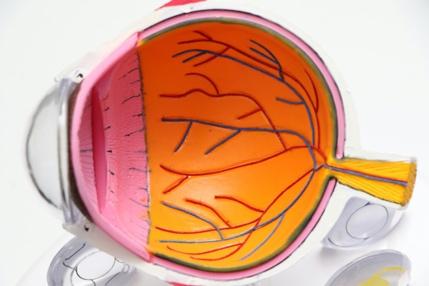


In 2021 and 2022, Radiology (IR) took the post, and several AI imaging techniques were implemented to diagnose several diseases more efficiently. In 2021, An advanced 3D rendering and imaging manipulation in space was created to enable operators to better visualize complex anatomy during pre-procedural assessment in the IR/angiography suite. This enhances procedural planning realism when compared to standard 2D images and helps operators hone procedural skills in a previously simulated environment without endangering patients. (1)
Additionally, a clinical study demonstrated that MTU-COVNet, an artificial intelligence system based on CT imaging and deep learning, has excellent diagnostic efficiency in identifying COVID-19 pneumonia and distinguishing it from both CAP and normal CT. AI therapy’s diagnostic accuracy, sensitivity, and specificity for COVID-19 pneumonia were 98.2, 98.0, and 98.2, respectively. (2)
Furthermore, ANN, an advanced AI technique, has been shown in multiple studies to help predict choledocholithiasis and help diagnose and stage cholangiocarcinoma, reducing the need for diagnostic ERCP. (3)
On the other hand, in 2022, an automated lesion detection of breast cancer, the [18F] FDG PET/CT, was created, which implemented a novel AI-based workflow. The avidity of [18F] FDG in PET/CT research demonstrated in this pilot study that an AI-based workflow combining DL-CNNs with standards-based data processing may reliably identify cancerous breast tissue. This supports the idea that AI may be trained to recognize specific tissue signatures in molecular imaging investigations using radiopharmaceutical training. (4)
Additionally, in 2022, transfer learning combined with retinal lesion features was executed to accurately detect diabetic retinopathy (DR). According to the findings of their experiments, Hassam et al. suggested a framework for DR detection that can detect DR with 100% testing accuracy when Resnt-50 and lesion features are combined and 99% testing accuracy when VGG-16 and lesion features are combined. Giving an accurate and faster diagnosis to DR patients. (5)
